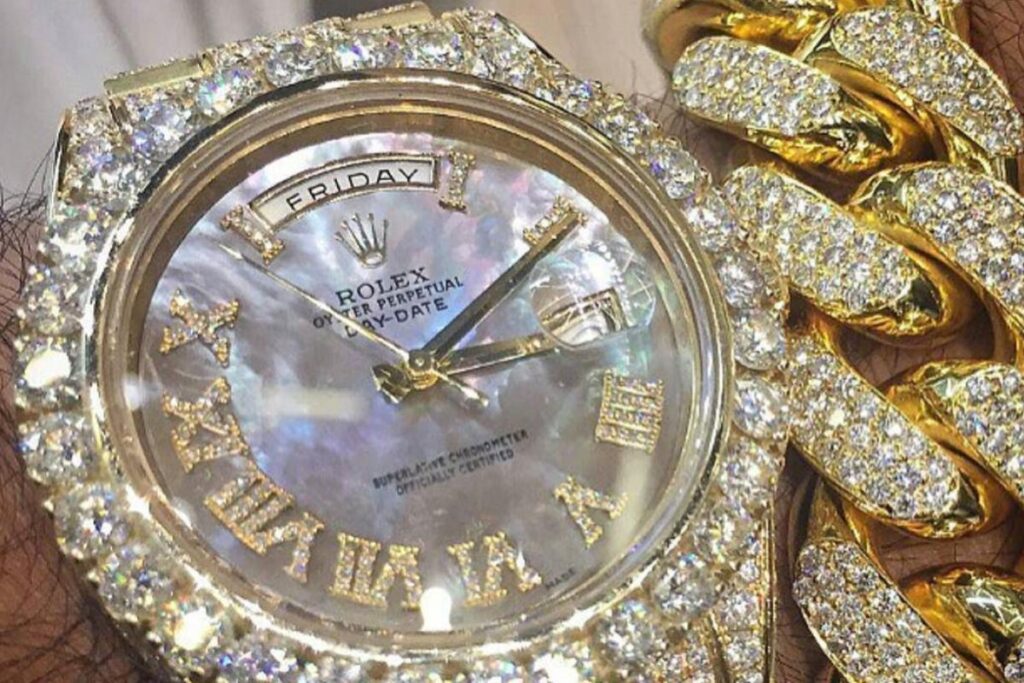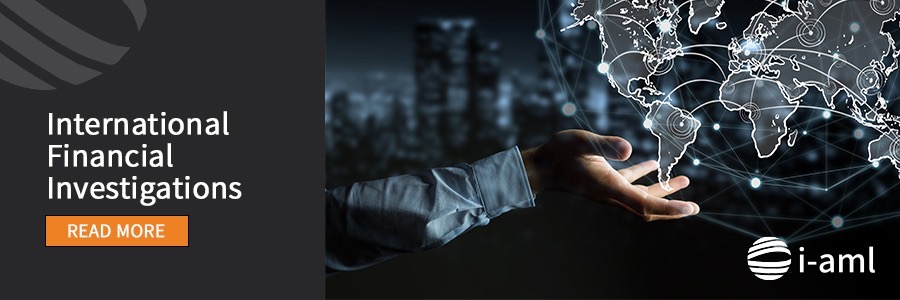When it comes to luxury items and financial crimes, exotic cars, expensive clothes, antiquities, and private jets create compelling media headlines and movie scenarios. They do, however, emerge at the end-point or as an essential element of a money-laundering operation, which is integration, in which black money is deposited into legal, financial systems, mainly banks, whether it originates from offshore accounts or any other methods.
Additionally, rather than integrating illegal funds into legitimate enterprises or stocks, money launderers go for high-value items such as jewelry, vehicles, or yachts, which serve as suitable resting places for their assets while keeping them off regulatory radars.
According to market and consumer data analysts Statista, income from the luxury goods market will exceed US$312 billion in 2022 and is expected to rise by 5.40% annually over the next five years.
As a result, every company involved in purchasing or selling luxury items must be acutely aware of its anti-money laundering (AML) vulnerabilities. Failure to do so may attract the notice of financial regulators, result in harsh fines, and possibly long-term reputational damage.
..
..
Factors That Attract Money Launderers to Luxury Brands
The luxury goods sector has some inherent qualities that raise the danger of money laundering and are helpful for various reasons. Items like jewelry, valuable stones, and exquisite art are easily transportable, making them ideal for illicit activity.
Another factor is that they have a high value, meaning fewer transactions are required to legitimize the presence of the funds in the money laundering placement and layering process. For example, a single painting may be worth a million dollars. How many apple juice bottles would one have to pretend to sell to have that equal on the books?
The third factor is that the value of luxury products varies according to demand and availability and can rise dramatically quickly. For example, over time, $1 million worth of apple juice will most certainly lose value due to depreciation and shelf life. As a result, the identical painting might be assessed for a higher price than when purchased.
Real-life Examples of Money Laundering Using Luxury Items
Crowds of journalists, activists, and ordinary Ukrainians broke into Ukrainian President Viktor Yanukovych’s country palace in 2014, discovering chandeliers in the lavatories, bottles of Cristal, a Fabergé egg, and, ironically, the multi-million-dollar white Steinway piano on which John Lennon sang “imagine no possessions.”
Tunisians overthrew the governing Ben Ali family in 2011. Mohammad Sakher el-Materi, President Zine el-Abidine Ben Ali’s son-in-law, was rumored to operate several luxury car dealerships. In addition, citizens discovered his Hammamet beach property to be filled with antique relics, such as Roman columns, frescoes, and a lion’s head from which water poured into an infinity pool.
According to local authorities, ‘Operation Car Wash’ in Brazil has also revealed a preference for expensive products among corrupt individuals. The Petrobras scandal, named for the state-owned oil corporation under investigation for money laundering, has resulted in raids on the residences of many senators, deputies, and executives. Last month, authorities discovered large sums of money and fancy automobiles at multiple locations in Sao Paulo and Brasilia. A month earlier, a search on the property of former president Fernando Collor de Mello turned up a Ferrari, a Porsche, and a Lamborghini; police stated they were acquiring evidence before it was destroyed or tampered with as part of the next extension of the investigation.
In late 2016, Dutch officials confiscated the $120 million superyacht Ebony Shine, and Swiss authorities seized eleven of the world’s most expensive cars, all of which allegedly belonged to Teodorin Obiang, the vice-president of Equatorial Guinea who has been charged with corruption in French courts.
The art market’s ‘integration’ is aided by a centuries-old culture of confidentiality and discretion. Buyers and sellers frequently utilize foreign and offshore accounts to carry out transactions and mediators (typically through telephonic or online auctions) to negotiate deals and see them through. The famous Panama Papers, which were leaked by the International Consortium of Investigative Journalists and led to the arrest of the founders of Mossack Fonseca in Panama in February, have revealed numerous cases of high-value art being held through anonymous shell companies to conceal their actual owners.
Expectations and Enforcement of Regulations
Regulators are cracking down on the market for luxury items more and more.
The magnitude of money laundering in the industry is well-known to international regulators, and several jurisdictions are gradually tightening their monitoring.
In its report on trade-based money laundering, the international financial watchdog FATF issued a statement against the use of luxury products for money laundering.
The EU is under increasing regulatory pressure as the industry is being targeted by each of its anti-money-laundering directives, and in 2020, its fifth anti-money-laundering directive implemented expanded laws.
Following numerous high-profile public corruption trials this year, the Financial Crimes Enforcement Network (FinCEN) in the US has expanded its focus on the role of luxury items.
Since the invasion of Ukraine, sanctions have been used more frequently, leading to the seizure of expensive assets and the publication of lists of goods that are currently prohibited from being sent to Russia.
Enhanced Diligence For the Luxury Sector
Dealers of luxury items, or “high value” dealers, lack the same regulatory compliance staffing levels as financial services firms. As a result, developing the training and procedures to meet AML rules like Know Your Customer (KYC) takes a lot of time and effort, but the consequences of not being ready can be severe.
Organizations need a specialized combination of in-depth knowledge about people at all income levels if they want to comply with legal or best practice standards for anti-money laundering and luxury goods and reduce reputational and commercial risk. Learn more about the tools and services offered by Sanction Scanner, which are designed to improve and streamline your risk management activities.
..
February 14, 2023 Published by The Sanction Scanner.







